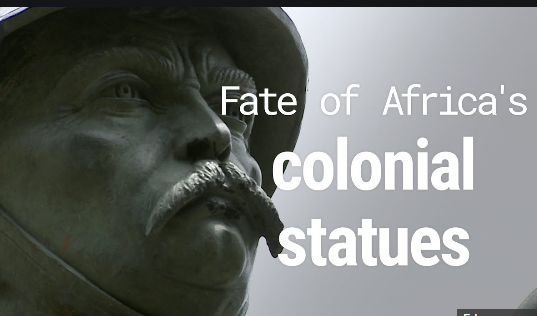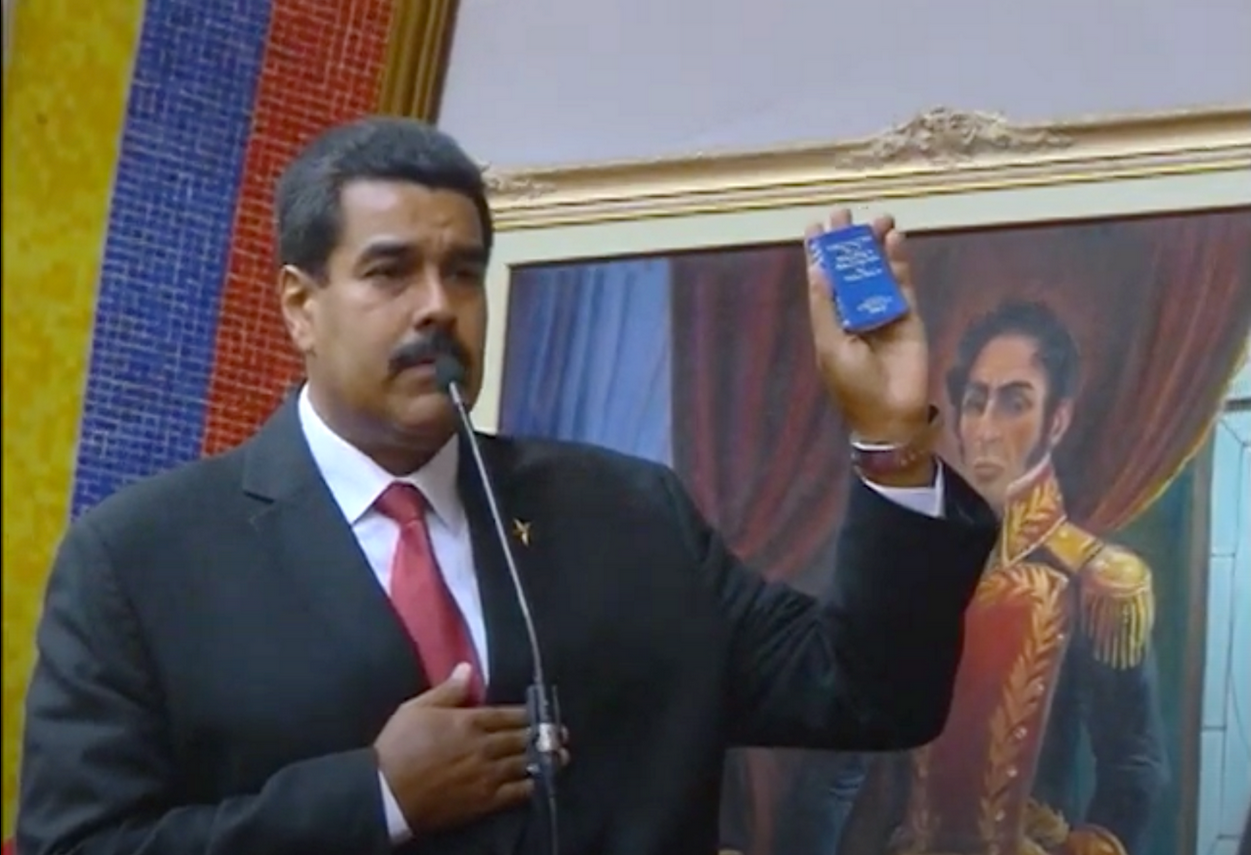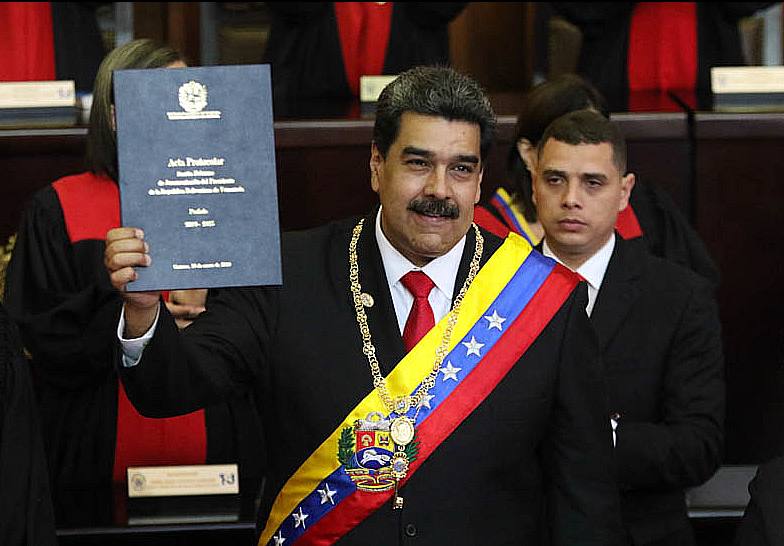[Africa’s Colonial Relics]
Though all African countries can now proudly claim to be independent with their flags hoisted up, the “colonial flags” remain firmly rooted in the continent albeit not as visible as before.
Photo: YouTube
It is time for Africa to remove the racist vestiges and statues of European colonialism–as needs to be fully done in America.
On July 20, 1969, Neil Armstrong became the first human to step on the moon. Armstrong would later utter the now famous quote: “That’s one small step for a man, one giant leap for mankind.” The American astronaut and his compatriot Buzz Aldrin then firmly placed an American flag on the moon.
The flag, visible to this day, was not only a symbol of pride for the US but also of conquest.
By that date in 1969, many African countries had unshackled themselves from colonial rule. But more than five decades later, the African continent is still peppered with colonial relics.
African countries still have landmarks, streets, health and educational institutions and, in some cases, even military barracks named after colonial governments.
Though all African countries can now proudly claim to be independent with their flags hoisted up, the “colonial flags” remain firmly rooted in the continent albeit not as visible as before.
How else can one explain why Africa’s largest freshwater lake is still named after the British monarch Queen Victoria?
The irony is that the local people in East Africa who guided English explorer John Hanning Speke to the lake referred to it as Lake Nyanza.
Nevertheless, Speke, the first European to set eyes on the lake, decided to rename it Victoria. He either didn’t understand the language or he just didn’t bother because he was on “her majesty’s mission of conquest” — in this case, finding the source of the river Nile.
Speke even has a street named after him in Uganda but that could soon change as the East African nation is reportedly considering removing road names with links to the colonial era — these include streets honoring the explorer Sir Henry Johnston, commissioner Henry Edward Colvile, King’s Africa Rifle, Princess Anne, Prince Charles and the current British monarch Queen Elizabeth II.
Taking down statues
It is encouraging to see the UK at least having a debate about its imperialist and colonialist past in Africa. But it didn’t come easy. For the UK to start reckoning with its past, it took the #BlackLivesMatter protests which started when George Floyd, a 46-year-old African American man died after a police officer choked him with his knee during an arrest for allegedly using a counterfeit $20 note (18.00 euro).
A college in Oxford has announced that it wants to take down the statue of Cecil Rhodes — the man who called what is now present day Zimbabwe (Southern Rhodesia) and Zambia (Northern Rhodesia) after his own name. Another statue of Edward Colston, who built a fortune from the transatlantic slave trade, was pulled down by protesters and thrown into a river. It has since been recovered and will be preserved in a museum.
In Africa, statues of Queen Victoria, Cecil Rhodes, King Leopold of Belgium and several others have been taken down over the years. Some statues or monuments such as the Vasco da Gama pillar erected by the Portuguese in 1498 in Malindi, Kenya, to guide ships following the sea route to India, have become part of the town’s history.
Since the pillar is now a tourist attraction, people have to pay to see it, it would probably make no sense to destroy it, even though Vasco da Gama’s discovery sea route to India later enabled the Portuguese to establish a colonial empire in India.
Africans must decide what colonial or slavery era relic they want to keep and what they want to discard.
For the rest of this DW story log on to:https://www.dw.com/en/opinion-time-for-africa-to-rid-itself-of-racist-colonial-relics/a-53856875







